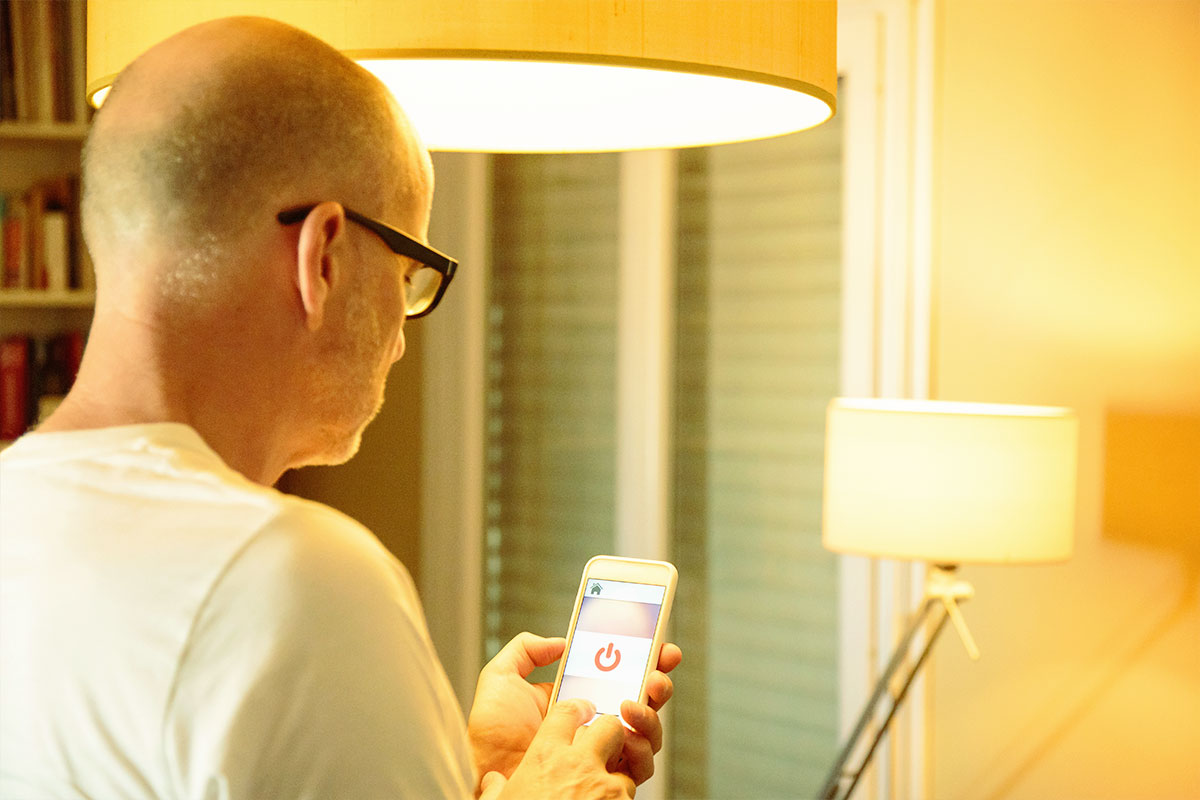Energy saving
Smart tips for saving energy
Find the best solutions for your home
Shops offer a large selection of energy-saving lamps, household appliances and heat pumps. But how do you choose the right one? We share information on energy-saving options and technical solutions in the field of heating, light and insulation.

What to watch for when buying and replacing lamps?
- When purchasing new lamps, search for the luminous flux of the lamp (in lumens – lm) from the packaging. For example, a 60 W filament lamp corresponds to a luminous flux of 700–750 lm produced by a 33–48 W halogen lamp, an 11–12 W energy-saving lamp or an equally powerful LED lamp.
- Check the colour temperature of the lamp (in kelvins – K). The lower the value, the warmer and more relaxing the light (warm white 2700–3000 K, white 3500 K, cold white >4000 K). Warm light is preferable in living quarters, cold in workspace. Also, be sure to check the packaging to see if the selected energy saving lamp or LED lamp is dimmable should you want to adjust the light.
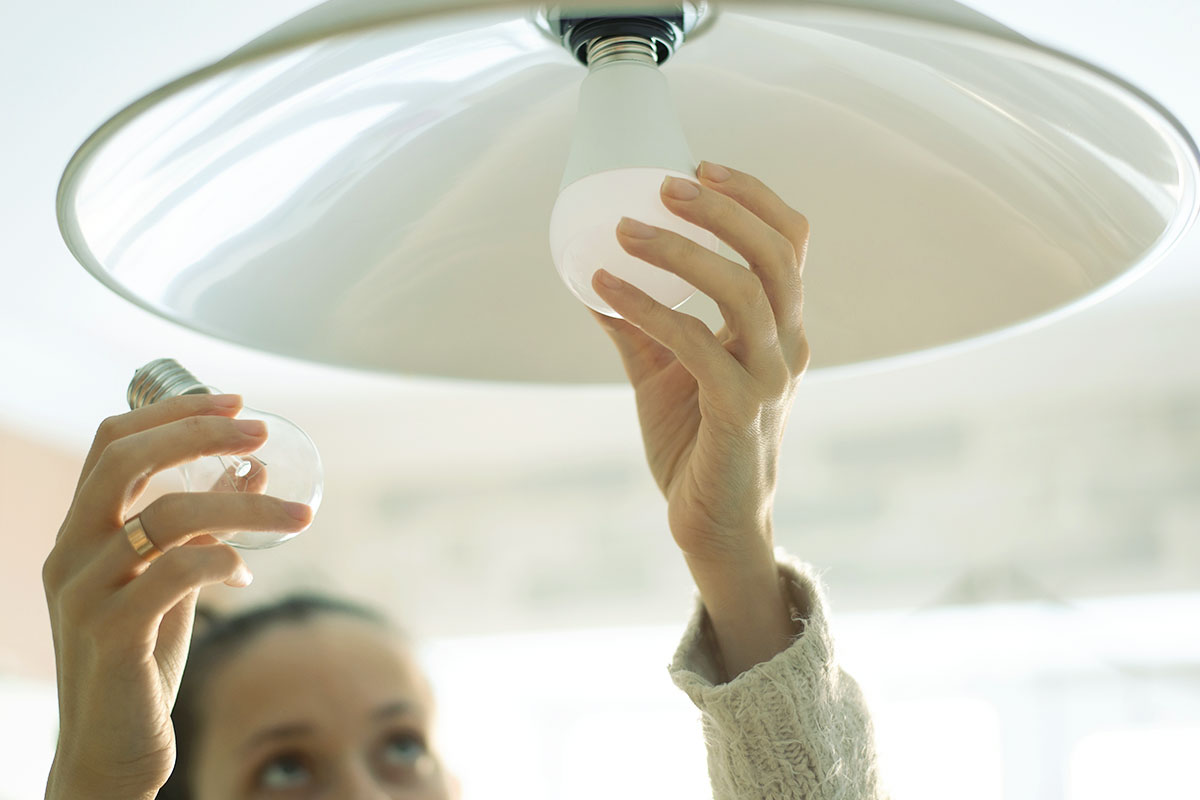
- The shorter the lamp life, the more deteriorating their impact. Lifetime of lamps:
- standard filament lamp - 1000 hours,
- halogen lamp – 500–3,000 hours,
- energy-saving lamp – 6000–20,000 hours,
- LED lamp – 25,000–50,000 hours.
- For locations with more than three switches per day, a model with a large number of switches should be selected instead of a standard energy-saving lamp.
- When purchasing lamps for use outdoors or in humid rooms, you should check whether the packaging shows the operating temperature or degree of IP protection. The degree of IP protection indicates the protection of the electrical equipment against dust and water. The higher the IP value, the more protected the luminaire is from external influences. For example, for a bathroom ceiling or garden, IP44 light fittings are suitable.
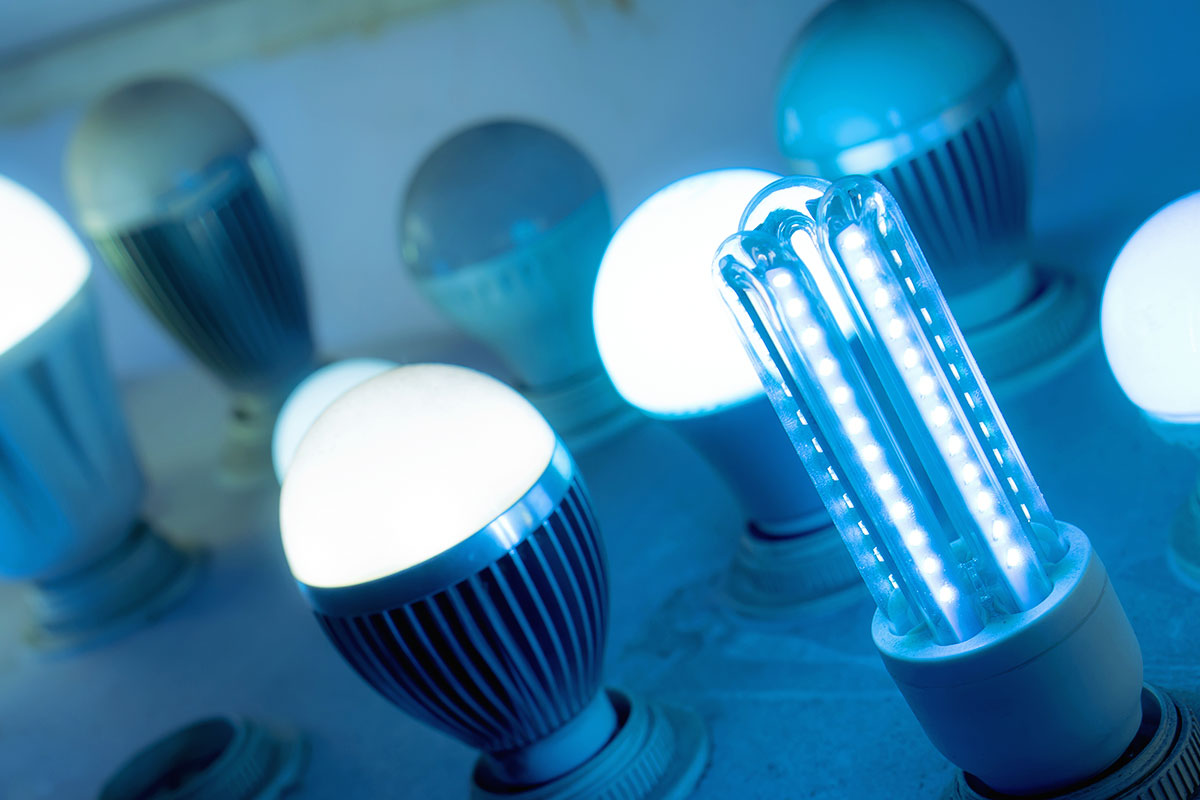
How to save on electricity costs when heating?
- The heating costs of a house depend on many aspects: the size of the building, its architecture, the heating system, etc. Compact rectangular buildings are the most energy efficient.
- Unnecessary heating costs can be identified and reduced by a variety of energy-saving devices and by their regular maintenance. Heating system automation can save 5–25% of energy costs.
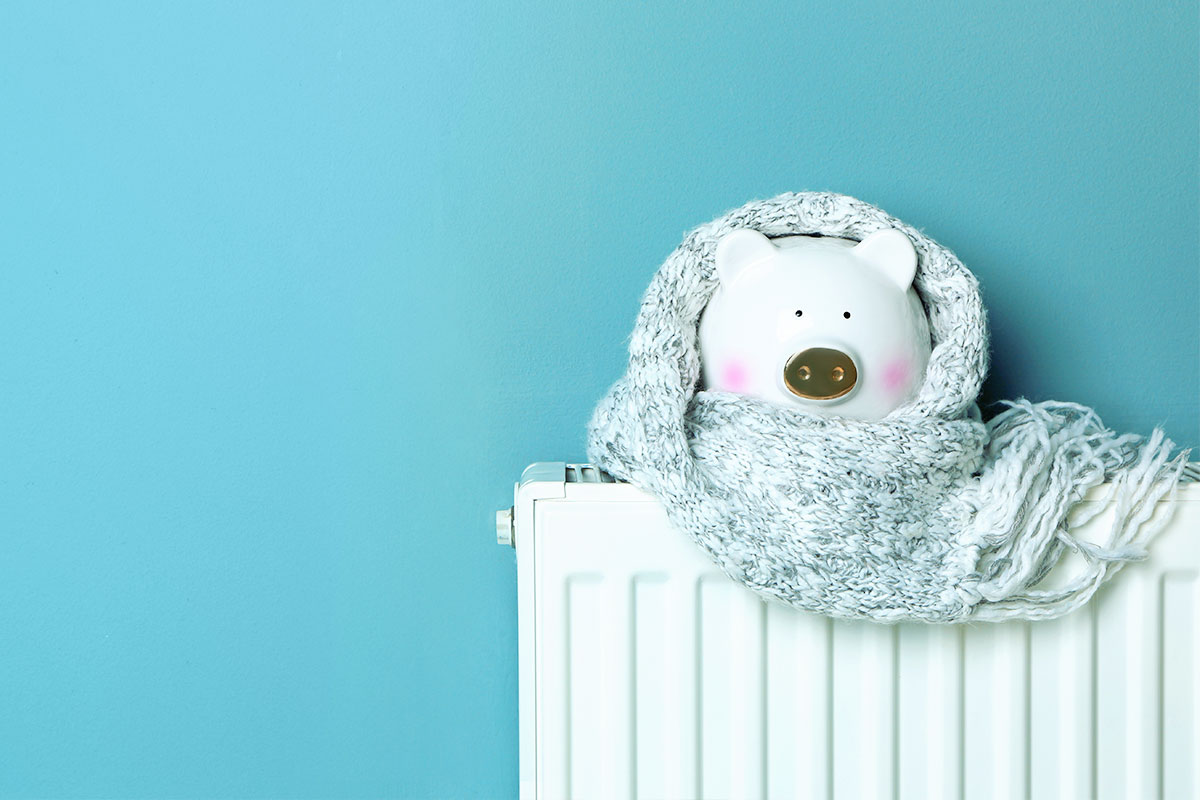
- Pleasant indoor climate in dwellings means an air temperature of 18–22 °C during the heating season. In order to ensure such an air temperature, rooms need to be heated for an average of eight months a year in Estonian climate. Solar solutions allow people and companies generation of electricity on their own, covering a significant part of the energy required to produce hot water during this period.
- For radiators, heating costs can be reduced by installing thermostatic valves, regularly ventilating them, and keeping their interior clean of scale. Moreover, a one-degree reduction in temperature means a 5% reduction in heating costs.
- Thanks to the use of environmental heat, heat pumps are capable of producing several times more heat or cold compared to the amount of input electricity – the result is expressed by a coefficient of performance of the pump. Heat pumps produce 1–5 kWh of heat per 1 kWh of electricity, i.e., they have an average coefficient of performance of 2–5.
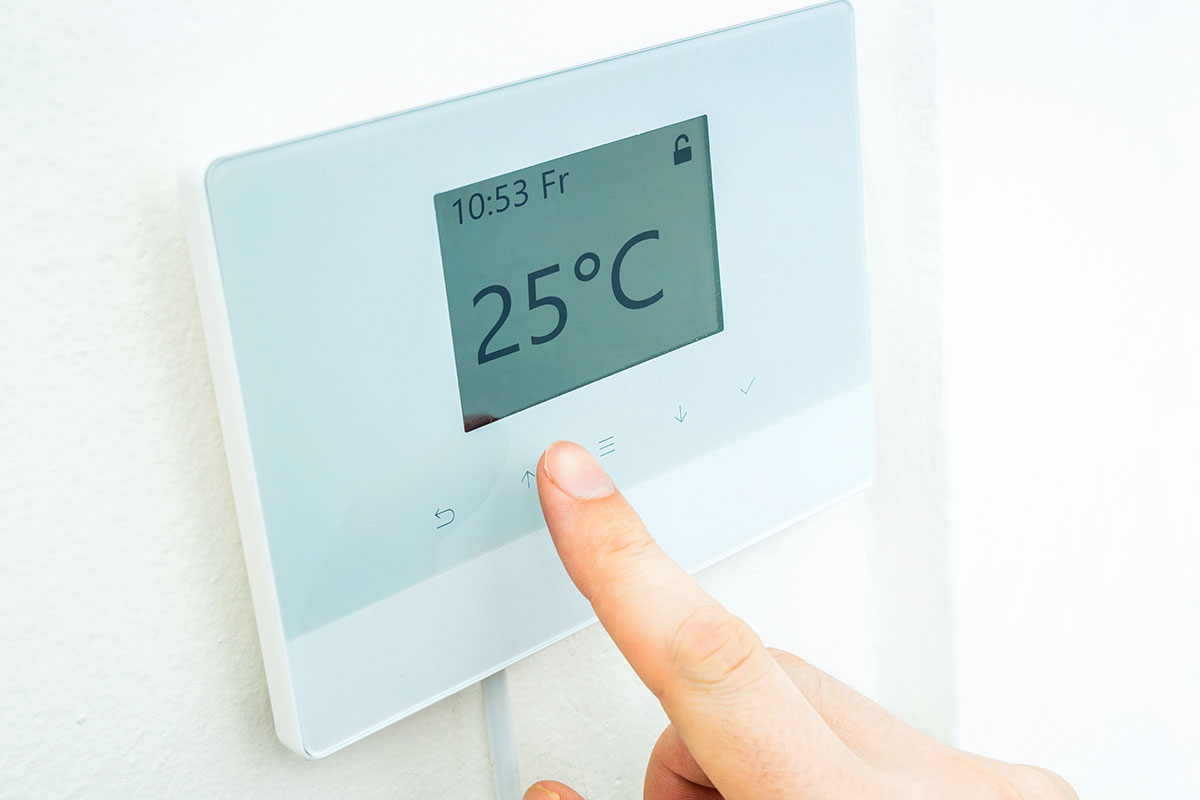
Learn the basics of insulation
- Insulating an entire house and replacing windows and doors can save up to 50% of heat.
- Wall insulation can save between 16% and 30% of energy costs since additional insulation of exterior walls can annually save an average of 50–120 kWh per wall m².
- Roof and attic insulation can save between 5% and 23% energy-savings, as roofing insulation saves an average of 40–80 kWh per m² of insulated area per year. On average, the thermal conductivity of old buildings is reduced to about 1 W/(m²K) to 0.15–0.2 W/(m²K) through roof and attic insulation.
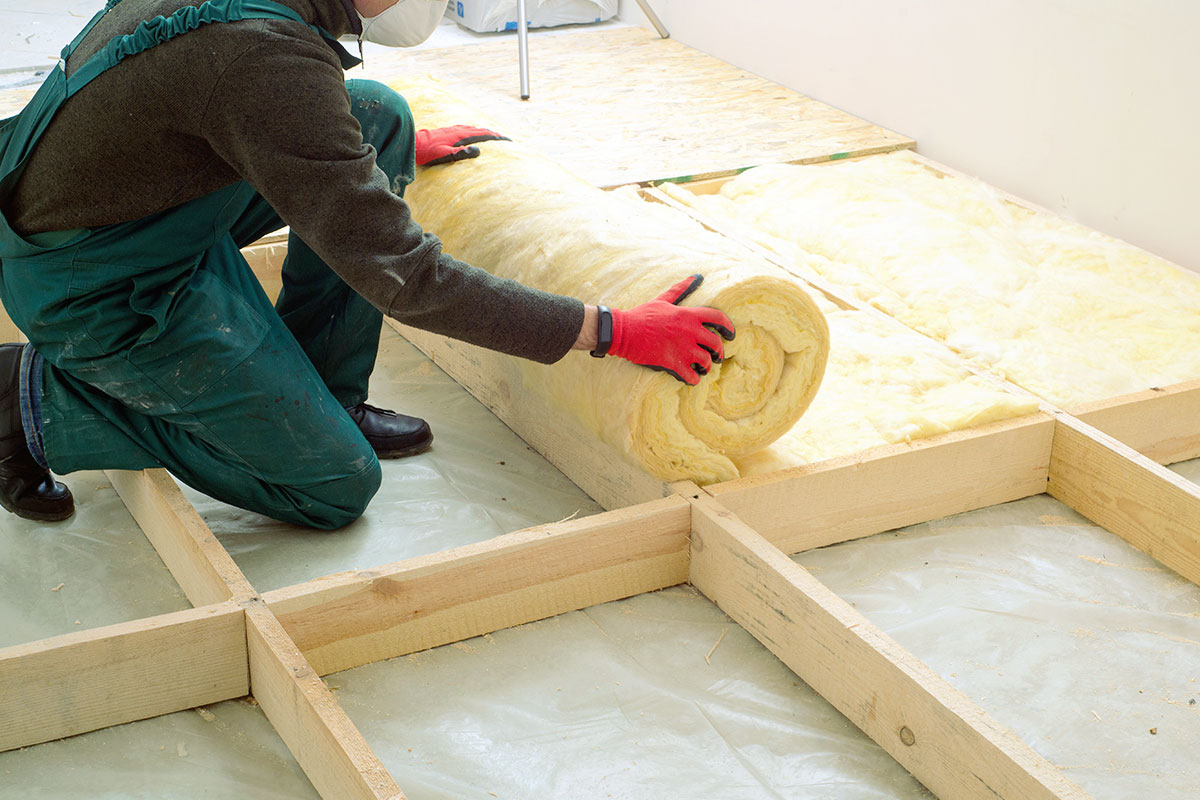
- Basement insulation can save between 6 and 12% of energy costs since insulating a dado or basement ceiling can annually save an average of 50 kWh/m² per heated surface. It is certainly worth paying attention to the existence of basement windows and adequate ventilation, and to that in an unheated basement, heating and cold water pipes should be covered with at least 50 mm insulation.
- Sealing old windows, replacing broken glass and half-way open doors, or installing new triple-glazed windows and more heat-resistant exterior and balcony doors offer great savings in reducing heat loss in the building. This can save about 15% of the heat consumed, whereas the replacement of old wooden windows with triple glazing, for example, results in annual savings of 200–300 kWh per m² of a window. Installing ventilation with heat recovery can save 900 kWh thermal energy per year if aeration occurs 0.4 times per hour. The power consumption of ventilators is added to this.
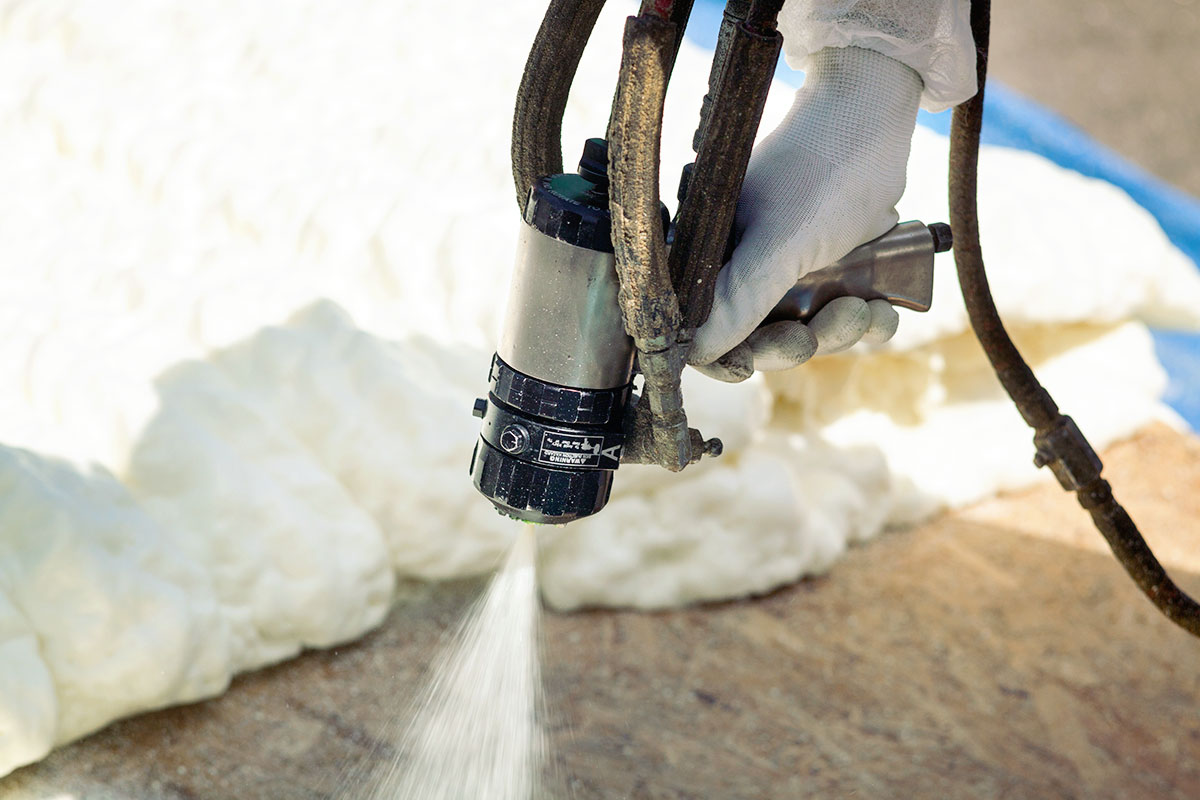
How to detect energy waste?
- You can monitor the energy usage of different devices with meters and monitors that can analyse the current energy usage of the devices and see the potential for energy saving. Measuring instruments may include thermometers, electricity and gas meters, socket meters, electricity consumption monitors and thermal cameras.
- Special direct energy-saving devices have been created to save energy in households whose main purpose is to achieve energy saving. These include, for instance, switches, extension cords and remote switches, programmable thermostats, standby detection sensors, door and window sensors, and home automation that can control your household's power consumption anywhere in the world, among other amenities.
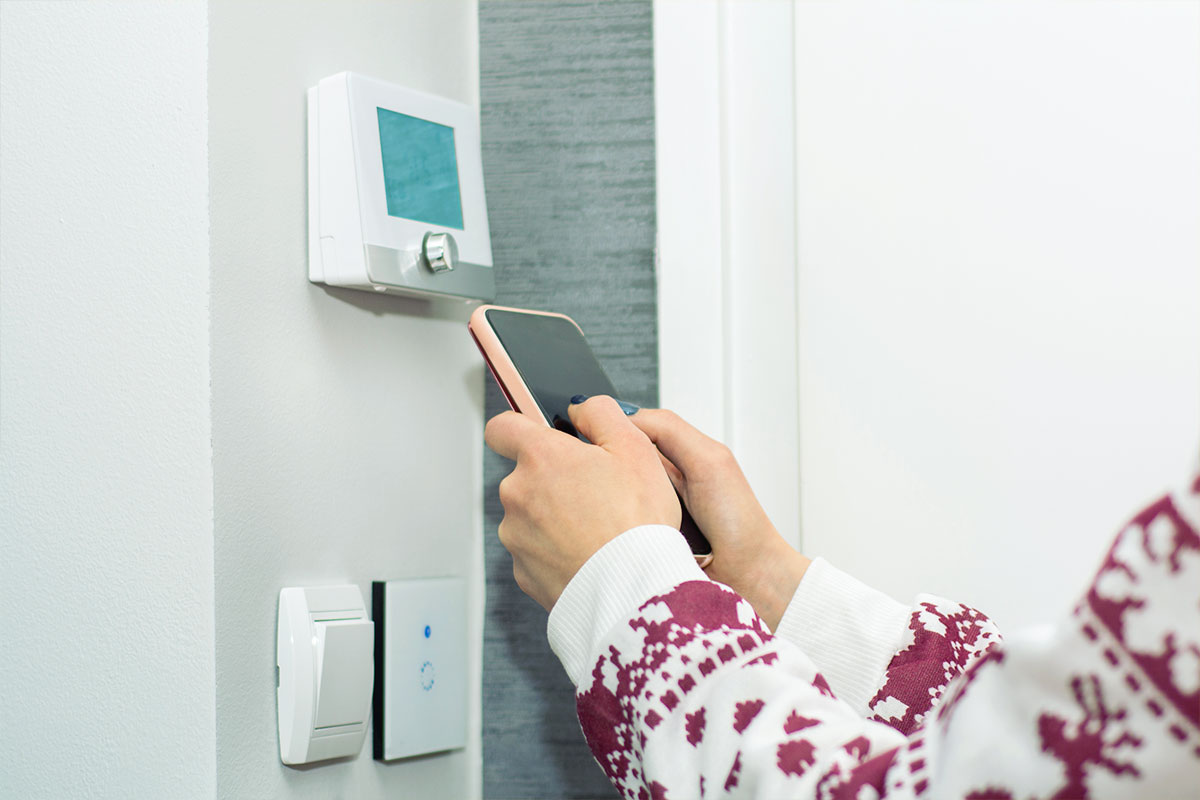
- Indirect energy-saving devices can also provide energy savings. These include, for example, control switches, time switches, motion or infrared sensors, and dimming switches, some of which are designed for other purposes but also indirectly save energy.
- The permissible energy consumption of different home appliances can be found on the energy label of the appliances. When choosing a new home appliance in the store, be sure to also look at the energy label of the appliance – the higher the symbol (e.g., A+++ or A++), the less energy the appliance consumes.
